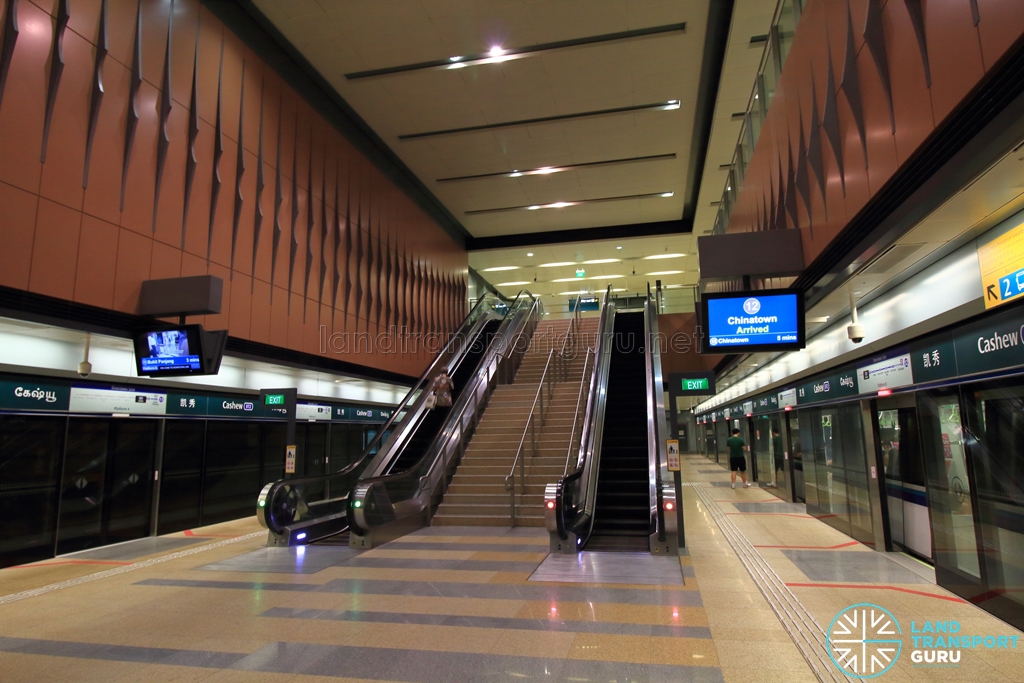

Fluctuations in world market prices, poor working conditions, and low pay for local harvesting have caused discontent in the cashew nut industry. In 2014, rapid growth of cashew cultivation in Ivory Coast made this country the top African exporter. From there, it spread throughout Southeast Asia and eventually Africa. The Portuguese took it to Goa, India between 15. Portuguese colonists in Brazil began exporting cashew nuts as early as the 1550s.

The species is native to Northeastern Brazil and Southeastern Venezuela, and later was distributed around the world in the 1500s by Portuguese explorers. The plant has diverse common names in various languages among its wide distribution range, including anacardier ( French) with the fruit referred to as pomme de Cajou, caju ( Portuguese pronunciation: ), or acaju (Portuguese).
Cashew station skin#
The seed is surrounded by a double shell that contains an allergenic phenolic resin, anacardic acid-which is a potent skin irritant chemically related to the better-known and also toxic allergenic oil urushiol, which is found in the related poison ivy and lacquer tree. The drupe becomes the true fruit, a single shell-encased seed, which is often considered a nut in the culinary sense. The drupe first develops on the tree and then the pedicel expands to become the cashew apple. The true fruit of the cashew tree is a kidney– or boxing-glove–shaped drupe that grows at the end of the cashew apple. Called the cashew apple, better known in Central America as marañón, it ripens into a yellow or red structure about 5–11 cm (2– 4 + 1⁄ 4 in) long. What appears to be the fruit is an oval or pear-shaped structure, a hypocarpium, that develops from the pedicel and the receptacle of the cashew flower. The fruit of the cashew tree is an accessory fruit (sometimes called a pseudocarp or false fruit). The largest cashew tree in the world covers an area around 7,500 square metres (81,000 square feet) and is located in Natal, Brazil. The flowers are produced in a panicle or corymb up to 26 cm (10 in) long each flower is small, pale green at first, then turning reddish, with five slender, acute petals 7–15 millimetres ( 1⁄ 4– 5⁄ 8 in) long. The leaves are spirally arranged, leathery textured, elliptic to obovate, 4–22 centimetres ( 1 + 1⁄ 2– 8 + 3⁄ 4 inches) long and 2–15 cm ( 3⁄ 4–6 in) broad, with smooth margins. The cashew tree is large and evergreen, growing to 14 metres (46 feet) tall, with a short, often irregularly shaped trunk. The cashew apple is a light reddish to yellow fruit, whose pulp and juice can be processed into a sweet, astringent fruit drink or fermented and distilled into liquor. The shell of the cashew seed yields derivatives that can be used in many applications including lubricants, waterproofing, paints, and, starting in World War II, arms production. As well as the nut and fruit, the plant has several other uses. In 2019, four million tonnes of cashew nuts were produced globally, with Ivory Coast and India as the leading producers. Cashew allergies are triggered by the proteins found in tree nuts, and cooking often does not remove or change these proteins. Like the tree, the nut is often simply called a cashew.

The cashew seed is commonly considered a snack nut ( cashew nut) eaten on its own, used in recipes, or processed into cashew cheese or cashew butter. The tree can grow as tall as 14 metres (46 feet), but the dwarf cultivars, growing up to 6 m (20 ft), prove more profitable, with earlier maturity and greater yields. It presents a collage of everyday items found within Singaporean homes, such as toilet brushes, arranged to form flowers and plants in picturesque gardens.The cashew tree ( Anacardium occidentale) is a tropical evergreen tree that produces the cashew seed and the cashew apple accessory fruit. This work pays homage to Singapore’s creative high-rise gardeners.


 0 kommentar(er)
0 kommentar(er)
